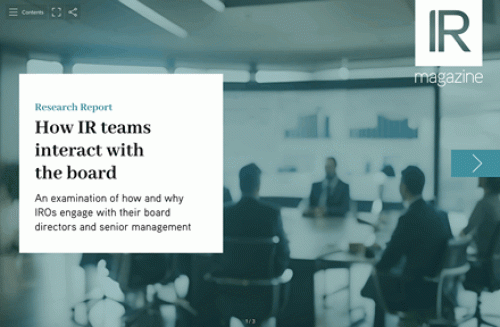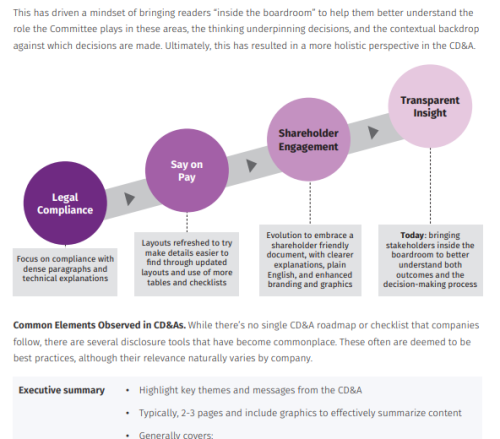Unconscious bias training for HR and managers can help people at a company learn to root out their own assumptions about women and leadership
Under new rules, public companies must disclose their plans for getting women into power positions, explains Nicole Guillot
It’s long been known that not enough women have roles in senior leadership or on the boards of public companies in Canada. As that may not be good for business, or for society, eight provinces and territories have put in place new rules that insist boards be more transparent about who’s making the decisions at the top. These came into effect on December 31, 2014, and they affect most boards in Canada. Here’s an overview of what the board diversity guidelines say, how companies can
You need to register to access 3 free deep dive articles per month. To continue reading please register or login below..
- Unlimited deep dives
- Data-driven research around key topics
- Buy-side insights
- Benchmarking reports
From
$1495










